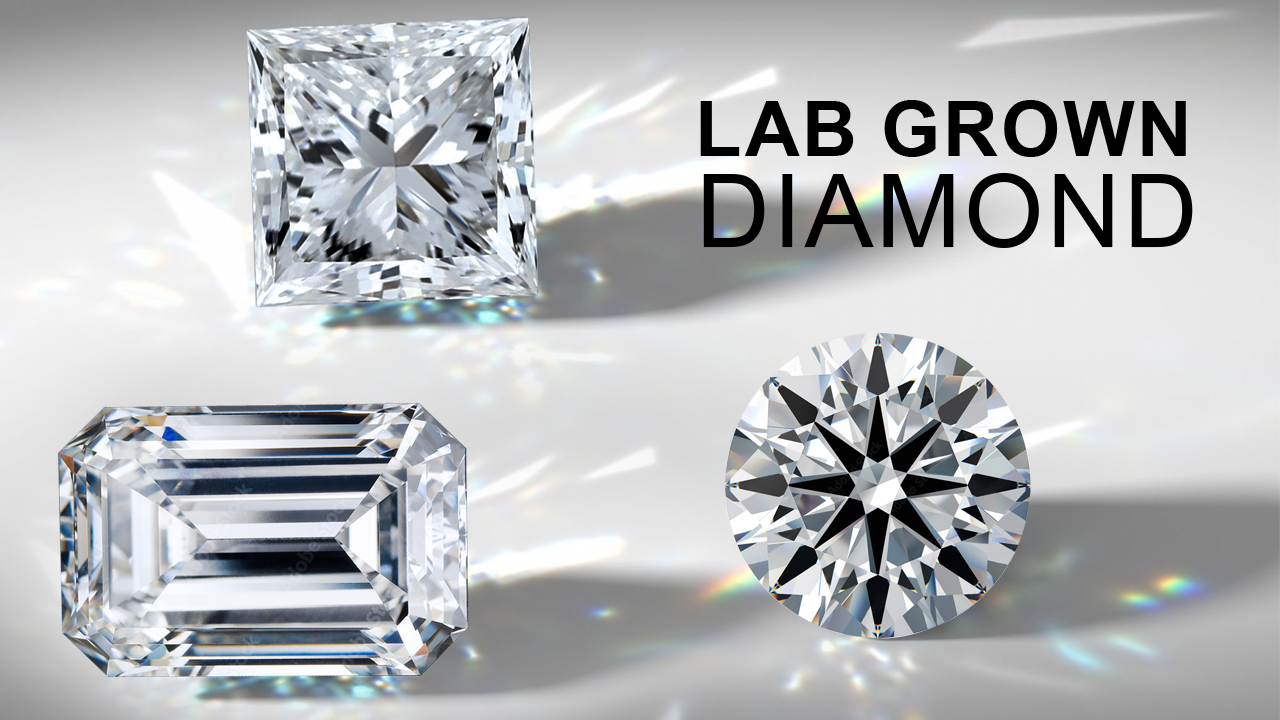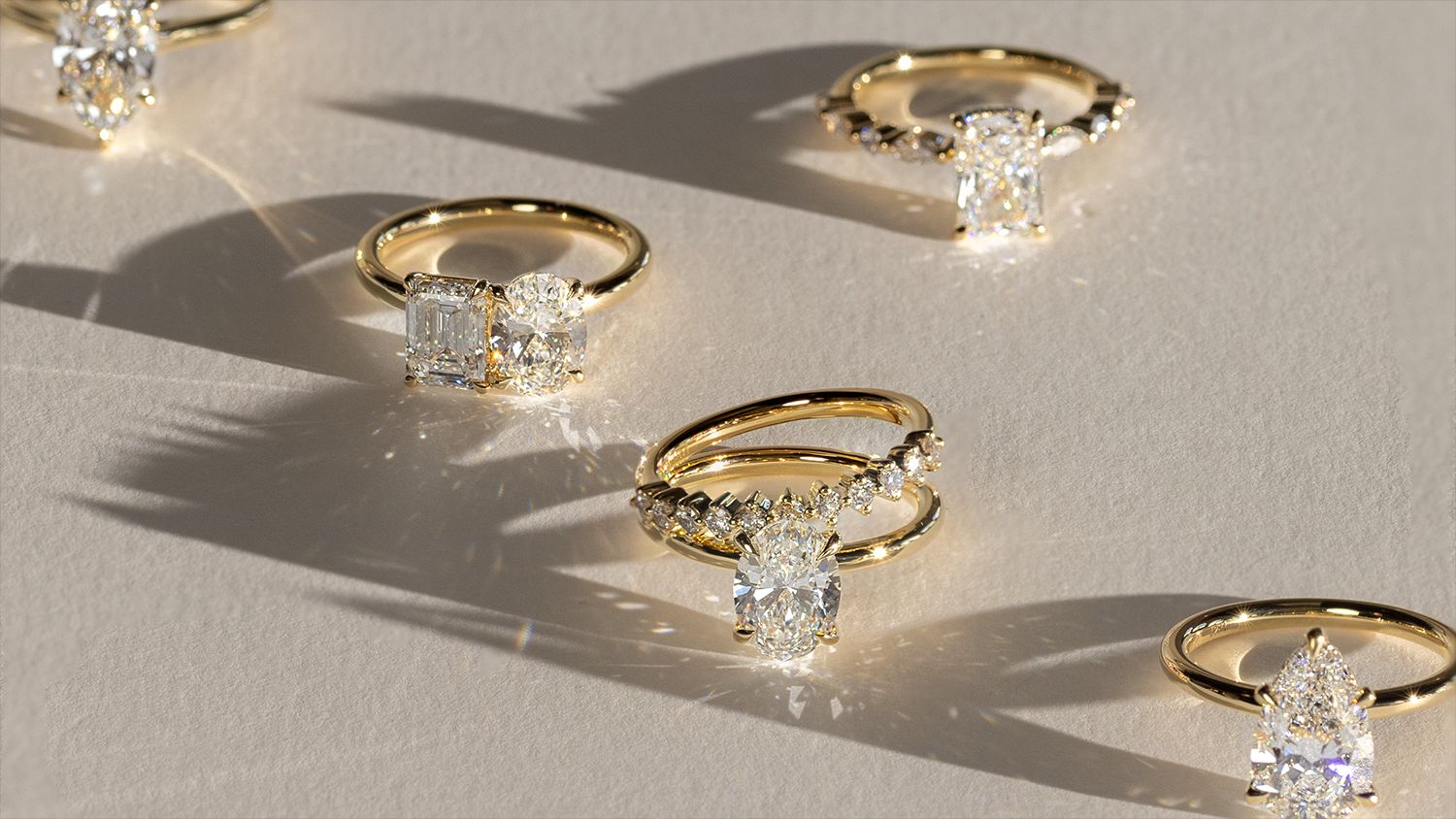The Main Principles Of Lab Grown Diamonds
Table of ContentsGetting My Lab Grown Diamonds To WorkLab Grown Diamonds - The FactsLab Grown Diamonds Can Be Fun For EveryoneNot known Factual Statements About Lab Grown Diamonds
As you travel closer to the Planet's core, stress and temperature level boost, which creates the perfect stove for carbon to be converted into diamond (diamonds are the only gemstone to be made from totally one aspect). Through a large volcanic eruption, these rubies were carried to the Planet's surface area. It's estimated this procedure was rather fast (probably throughout numerous hours), which permitted the diamonds to remain undamaged without melting.The short answer: carats gauge the mass of stones, karats measure the purity of gold. Carat: 1 carat weight is equivalent to 0.2 grams, regarding the weight of a paperclip (following time you see an image of Mariah Carey's 35 carat weight engagement ring, simply think of the problem of carrying 35 paper clips around your finger each day).

Right here are several of the crucial benefits of lab grown diamonds and lab produced diamond jewelry:.
The Lab Grown Diamonds Ideas
Simply put, natural or earth-mined rubies are crafted over millions of years below the Planet's crust from pure carbon integrated with pressure and heat. Developing diamonds in a lab requires the exact same procedure, just fine-tuned to occur over a much smaller time frame in a far more controlled setting.
Whereas earth-mined rubies are uncommon and limited and tend to raise in cost in time, laboratory rubies are conveniently available. As need increases, laboratories can remain to generate laboratory rubies implying they are not limited or scarce contrasted to natural diamonds. If you want fine fashion jewelry from an investment perspective, like lab-grown diamond rings, they won't be a good suitable for your demands.
They could assume that the cons of lab-grown rubies exceed the pros. Problems, battles, and human legal rights problems are all intermingled with the diamond sector. That claimed, the diamond industry does supply revenue to third-world nations. Some may suggest that, consequently, purchasing a lab-made diamond additionally comes with its honest considerations, as doing so takes revenue away from those associated with the natural ruby sector who may need it most.
Standard rubies rely on the Earth's problems to determine their top quality or lack thereof. In a lab, makers can directly manage a diamond's quality.
Our Lab Grown Diamonds Statements
You can easily find tinted, synthetic rubies on the (fairly) inexpensive side as well as specific cuts that would certainly be more expensive if you were shopping for a mined ruby only. That hardly suggests it isn't worth protecting.
all-natural diamonds is that the last is extracted from all-natural down payments in the Earth while the former is made in a laboratory making use of controlled settings. Their high quality is greatly the same. While the distinction between lab-grown and all-natural ruby choices are marginal when it involves top quality, some of the drawbacks of lab-grown diamonds consist of the fact that the stone will depreciate with time and, to some, a lack of nostalgic value that's frequently connected with mined rubies
The procedure includes marginal land disruption and gets rid of problems connected to deforestation and environment destruction. Lab-grown rubies are frequently extra budget friendly than natural rubies. This cost distinction can be connected to the streamlined production process and the avoidance of expenses related to conventional mining. The Controlled Environment in Which Lab Grown Diamonds Are Created Enables Regular Quality.
Adaptability in Layout - Laboratory Grown Diamonds Offer Designers and Consumers a Versatile Combination to Produce Distinct and Cutting-edge Jewelry Designs. the Controlled Development Process Enables The Production of Diamonds in Different Shapes and Dimensions. Laboratory Diamond Rings are one of the most Famous Among Lab Diamond Fashion Jewelry. Laboratory Diamonds Often Come with A More Transparent Supply Chain.
8 Simple Techniques For Lab Grown Diamonds
Market Understanding - In Spite Of Their The Same Physical Properties, Laboratory Diamonds May Face Tests in Market Assumption. click here Some Consumers Still Perceive Natural Diamonds as Having Greater Value and Prestige. The Production of Lab-Grown Diamonds Can Be Energy-Intensive, Particularly in Methods Like High Stress Heat (hpht) and Chemical Vapor Deposition (cvd).
Natural Rubies Are Formed Over Countless Years Deep Within the Planet, Adding to Their Regarded Rarity. Lab-Grown Diamonds, In Spite Of Their Similar Properties, Might Not Bring the Same Rarity Factor, Affecting Their Regarded Value for Some Consumers. Influence On Diamond-Dependent Economic Climates - the Shift In The Direction Of Lab Grown Diamonds Might Have Economic Effects for Nations and Neighborhoods that Depend on The Diamond Mining Sector.

Ans. Lab Diamonds Are of Equal High Quality to Natural Diamonds in Regards To Firmness, Brilliance, and Clearness. the High quality of A Ruby, Whether Lab-Grown or Mined, Is Established by Its Cut, Color, Quality, and Carat Weight. Ans. Yes, Lab Diamonds Sparkle Simply Like Natural Diamonds. Their Luster and Sparkle Are a Result of Their Cut and The Method Light Interacts with Their Aspects. Ans.